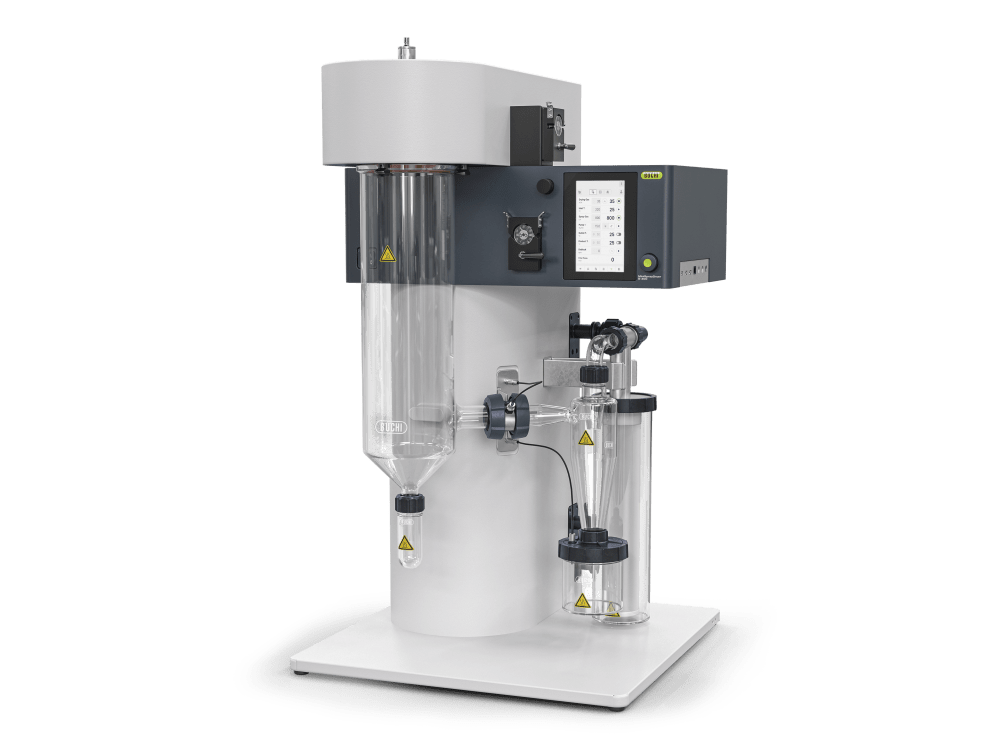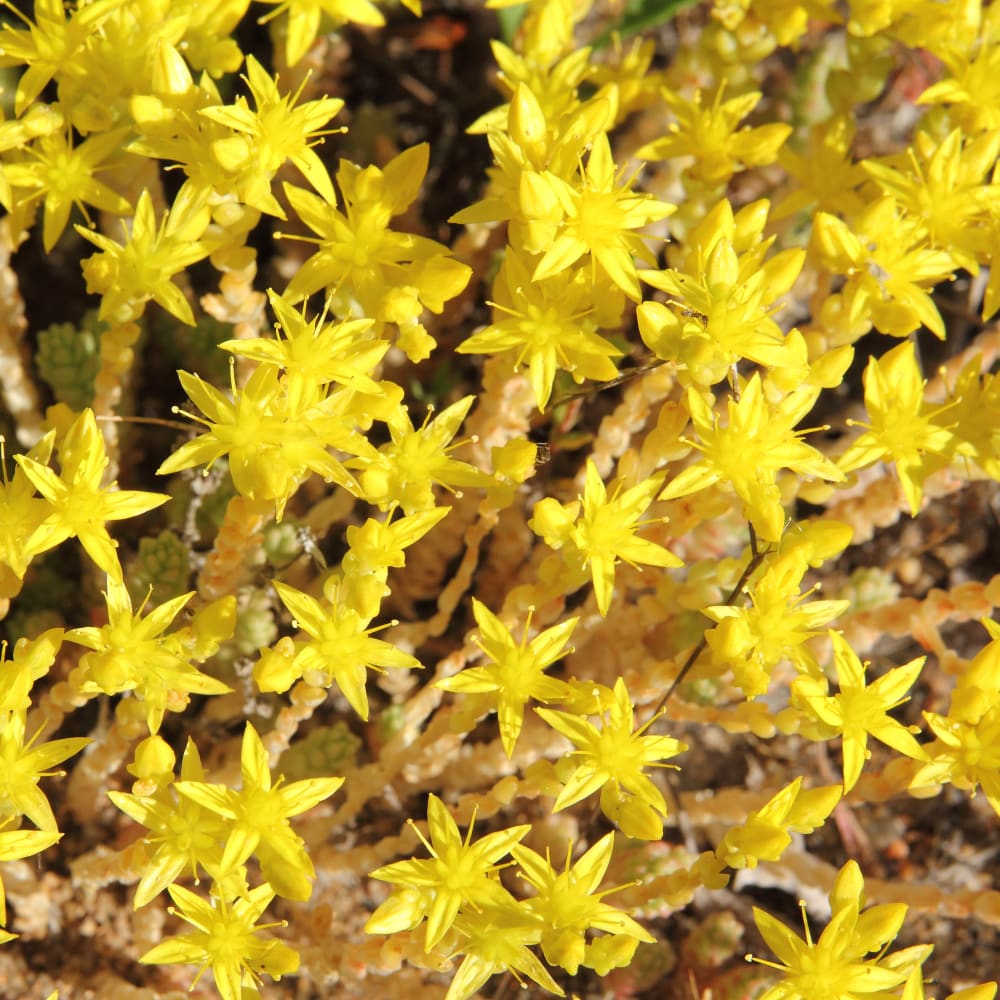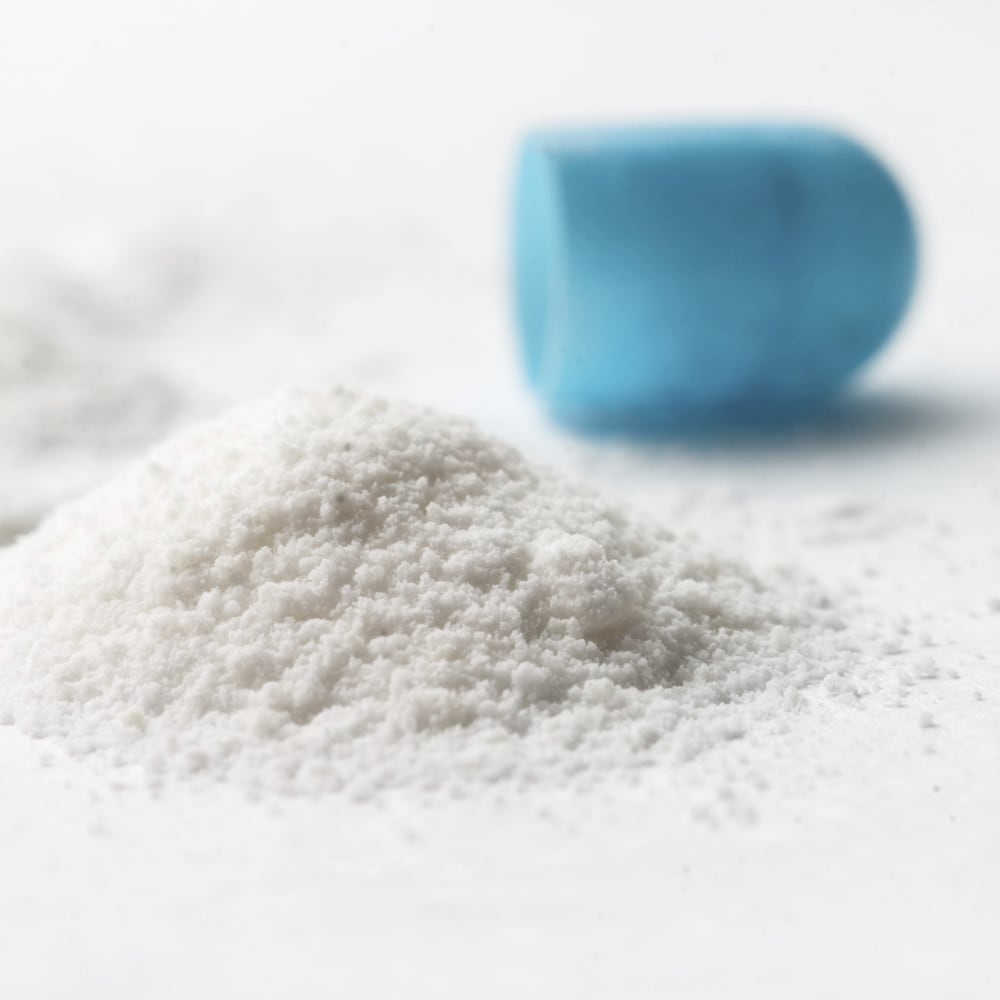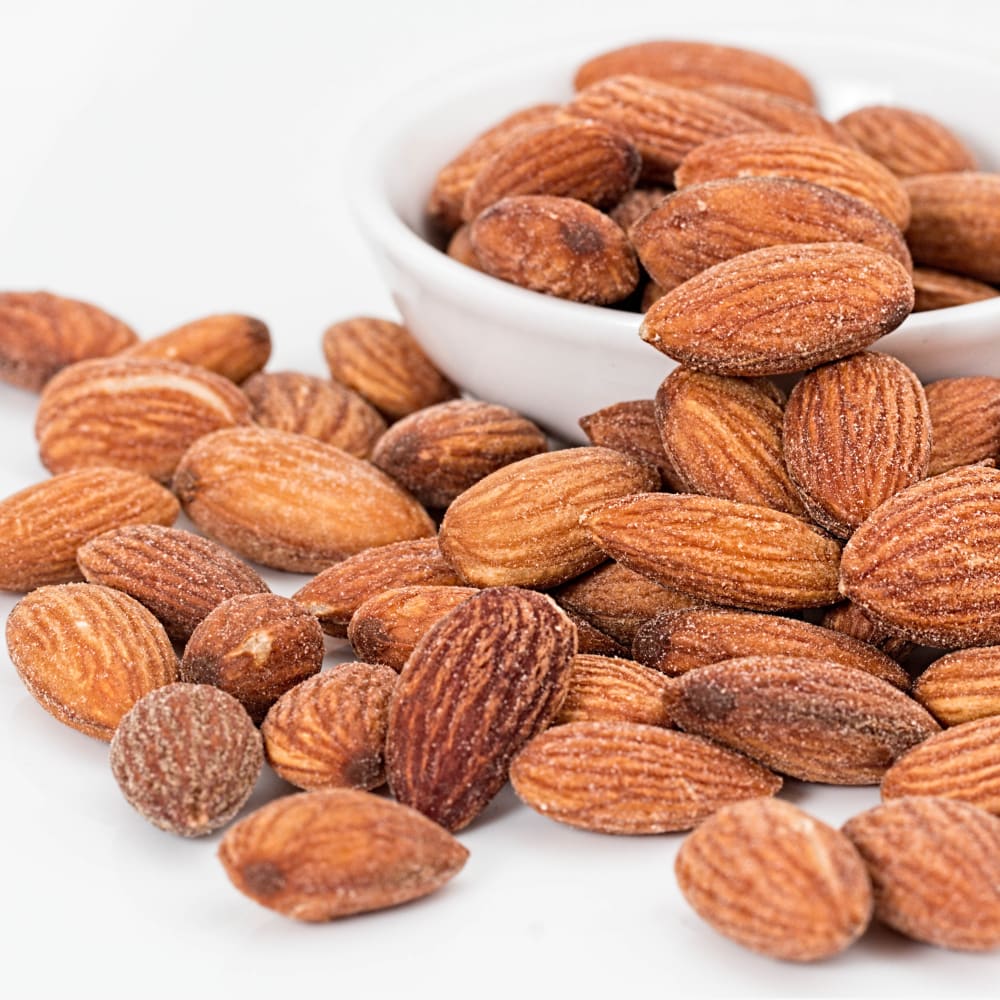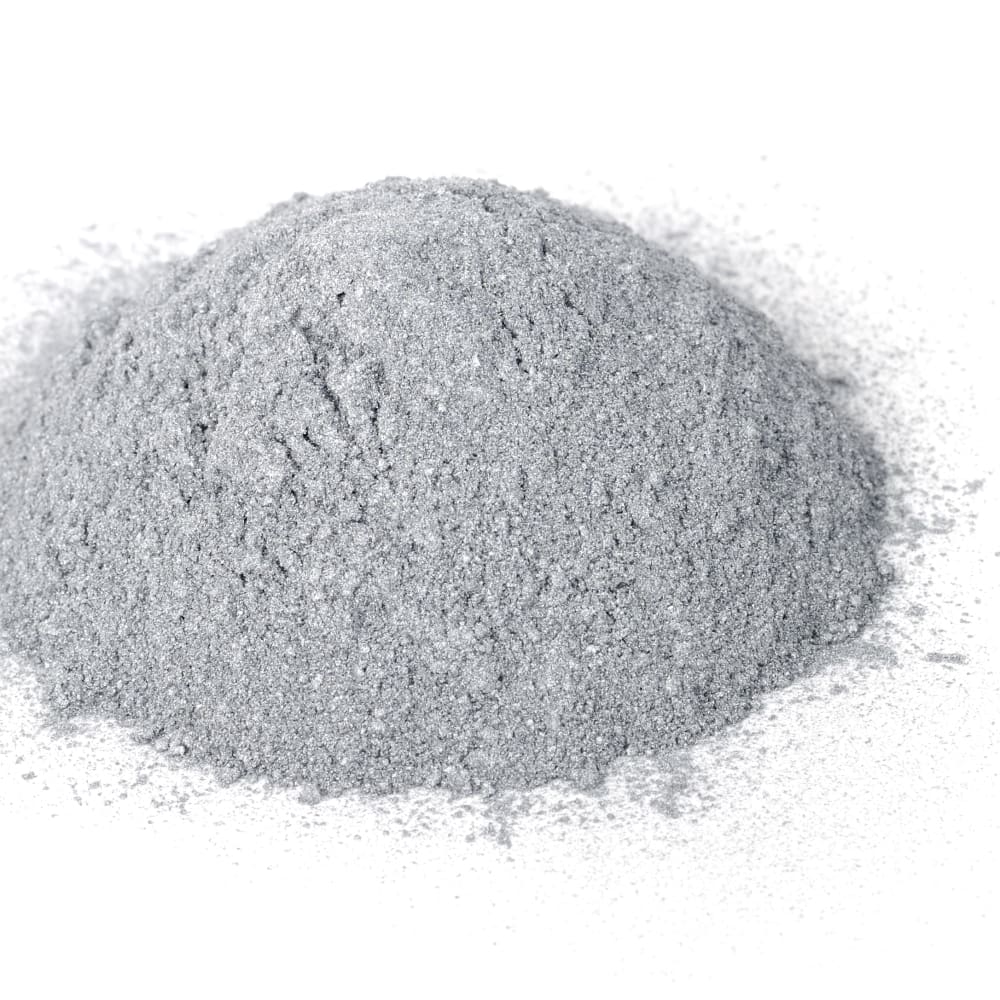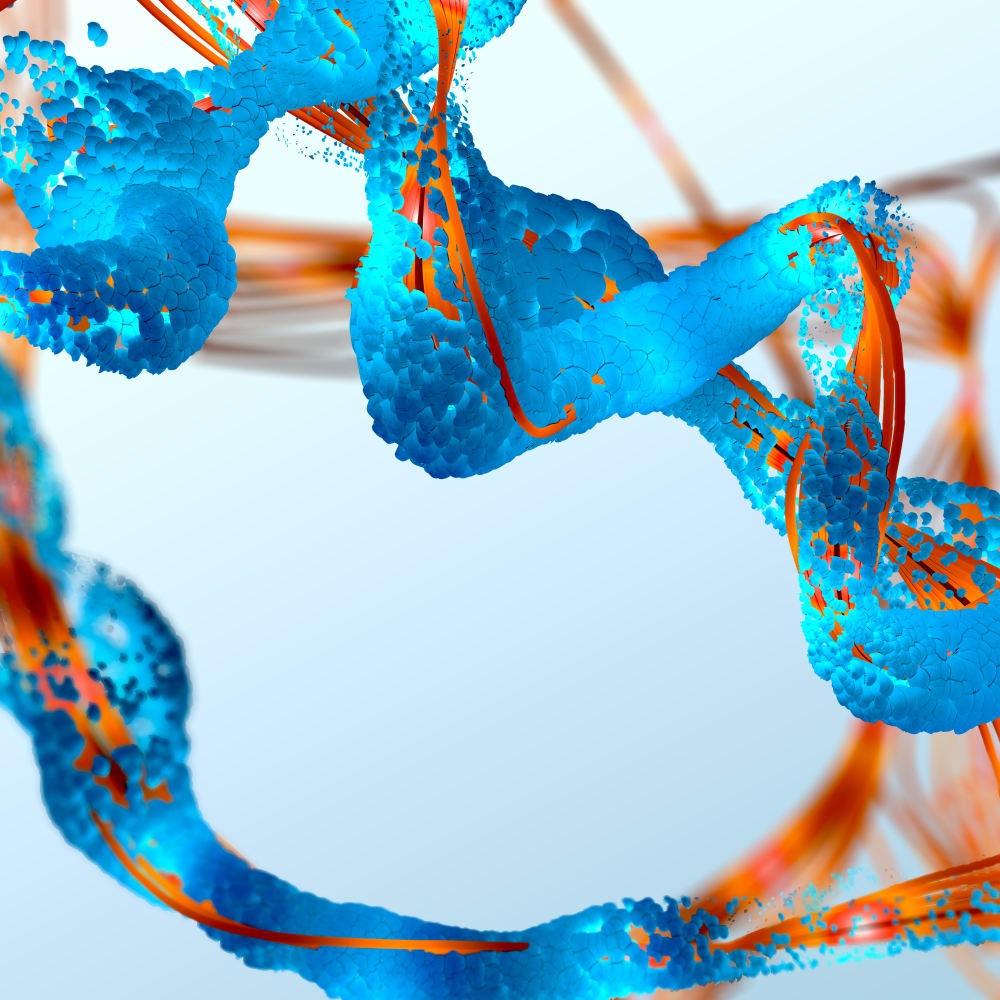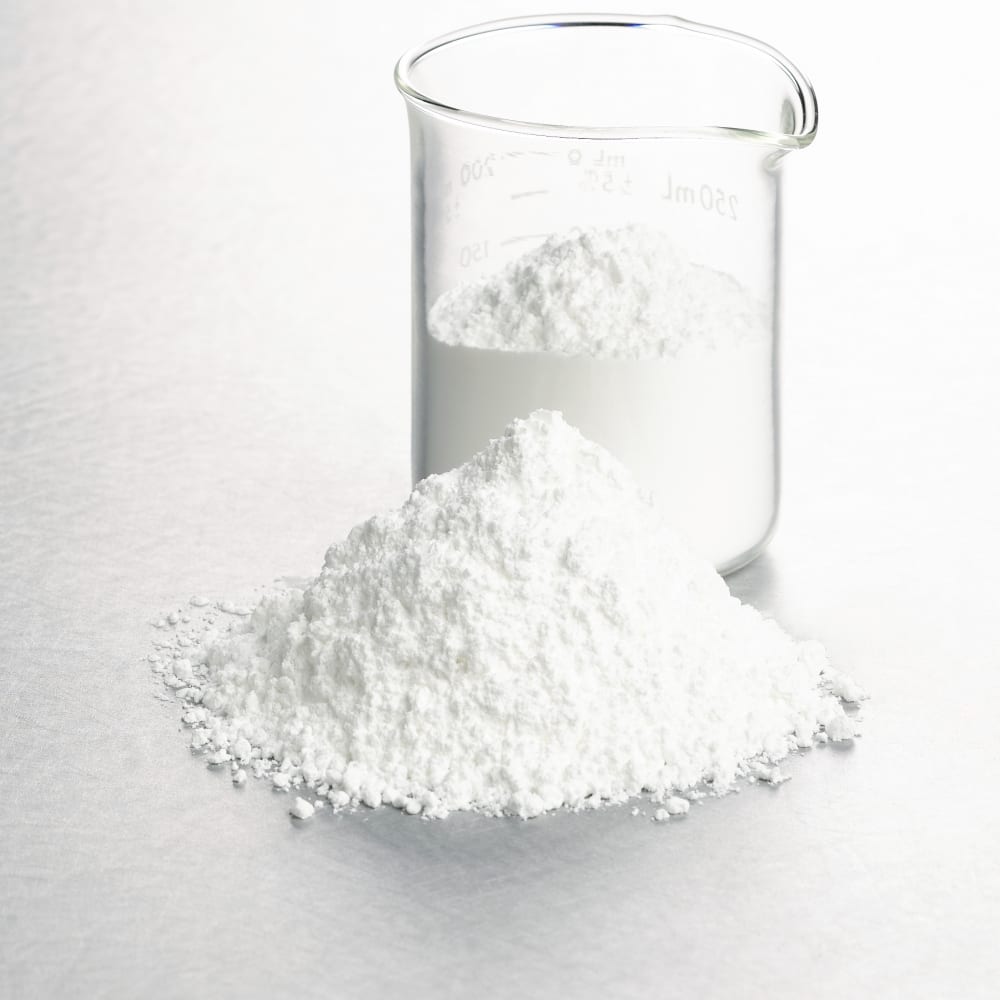Spray Drying of Dye
Spray Drying of Dye with the Mini Spray Dryer B-290
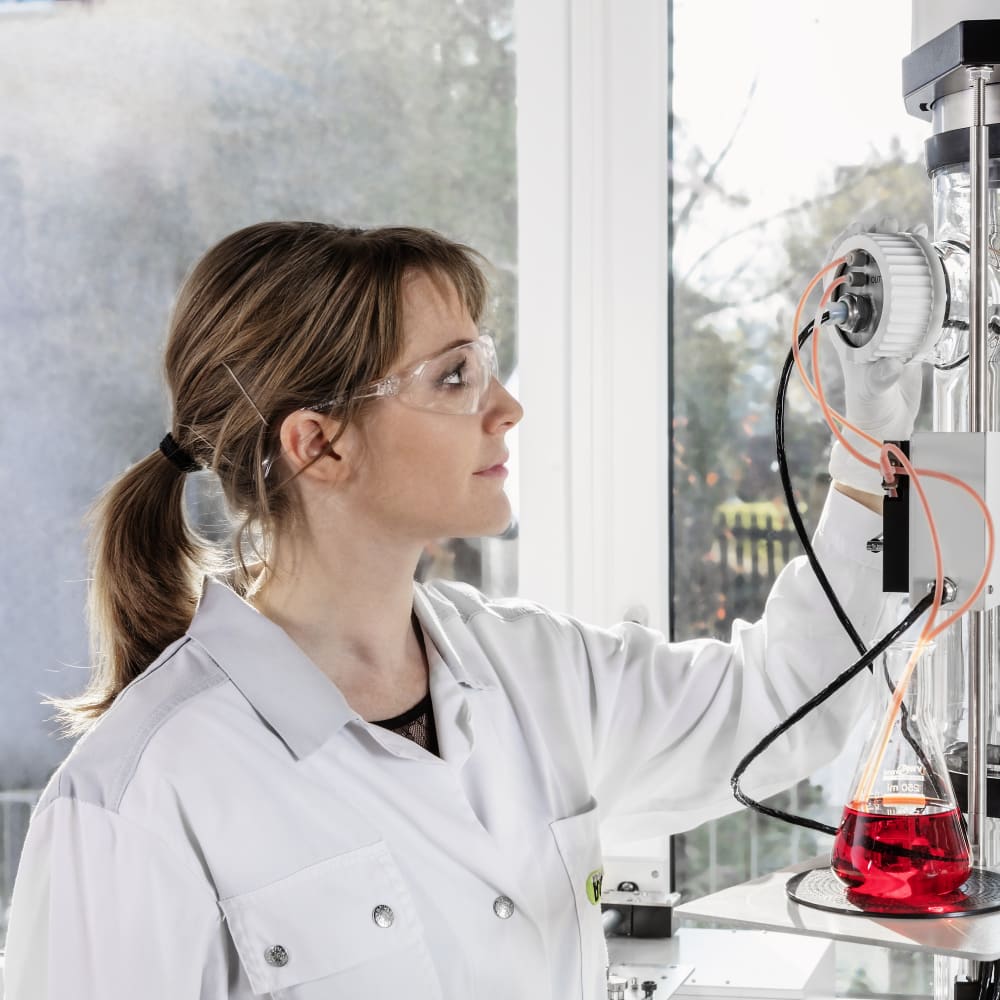
Spray drying is a widely used method to convert liquid formulations into dry powders, including dyes. Dyes are organic or inorganic compounds used to impart color to various materials, such as textiles, plastics, and paints. Spray drying is an effective method to produce dry powders of dyes with excellent solubility, stability, and color strength.
Areas of spray drying of dyes include the selection of appropriate raw materials, formulation development, process optimization, and product characterization. The optimal processing conditions such as temperature, flow rate, and inlet/outlet conditions are determined to optimize the particle size, powder yield, and other physicochemical properties of the resulting powder.
Spray-dried dye powders are commonly used in various applications, such as textiles, printing inks, and paints. The use of spray drying technology ensures consistent quality and high production efficiency, making it a preferred method for producing dry powders of dyes. The resulting dry powders of dyes have good storage stability, are easy to handle, and can be easily dispersed in water or organic solvents, making them highly versatile and suitable for a range of applications.
Please see the application note No. 499 for starting parameters, formulations and some results.
